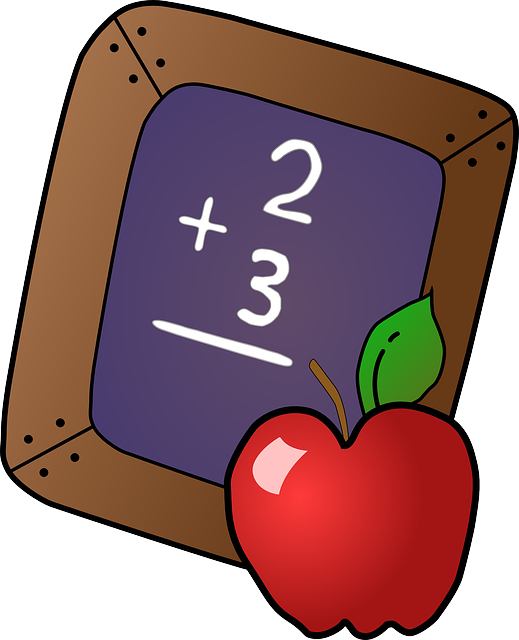In an initial 2017 study published in School Psychology Review, University of Tennessee researchers Scott, Skinner, Moore, McCurdy, Ciancio, and Cihak demonstrated that math fact accuracy in a first-grade classroom could be improved through the use of a three-mysteries procedure.
What’s the mystery, you might ask?
Researchers gathered independent seatwork assignment accuracy data and found that during typical classroom procedures the class averaged about 64% correct. These scores are for basic math skills that first graders are learning.
Next, the researchers and classroom teachers developed, implemented, and evaluated a novel intervention. The researchers created a pool of daily percent correct goals and a pool of simple rewards that all students in the class would get if they met their average percent correct goals. The mysteries then come in three forms.
At the start of class, the teacher would reach into a bag containing sheets of paper with the minimum goals written on them, randomly select one and place it in a separate envelope, without informing the students of the goal. Thus, the daily goal was the first mystery. The teacher did the same things with rewards. A rewards slip was randomly selected and placed in the envelope. Thus, the reward, which either all or none of the students in the class could earn, was the second mystery. Students sat at separate tables. The teacher would also reach into a bag containing sheets of paper with the table numbers written on them and randomly select one. Thus, the table was the third mystery.
Each day all students would earn a reward if a table of four students had an average percent correct score on their math assignments that met or exceeded a goal or criteria. However, the table, the criteria, and the reward were all randomly selected and unknown to students – they were all a mystery.
After math assignments were completed and scored, the average score of the randomly selected table was compared to the randomly selected criteria. If that table met or exceeded the goal, the teacher announced the goal, the table that met the goal and the reward. As the students cheered the table members, the teacher distributed rewards. Note, if the table did not win, the teacher merely announced that the class did not win the game and encouraged the entire class to try harder next time.
What did they find?
Adding this three-mysteries intervention to typical classroom procedures increased the class average percent correct from about 64% to approximately 84% correct. Additionally, the average scores for the five students scoring below 60% (letter grade F) increased by over 40%. The students who were scoring above 90% also improved. Thus, the intervention enhanced the performance of the strongest students, while causing really large increases in performance of the low performing students, some who appeared to have given up trying to succeed in math. With this procedure, these same students were now helping the entire class earn rewards by doing their best on math assignments and being cheered for doing so.
What did the teacher and teacher assistant think about the intervention?
The teacher and teacher assistant liked this intervention and noted some pretty positive side effects. A few of those positive effects being: students were less likely to need prompting to do their work, students skipped fewer problems, incomplete assignments were decreased, and students made more use of math manipulatives.
Obviously, more research is needed, but the results of this easy to implement evidence-based intervention are promising.
For more information on the study, please contact Dr. Chris Skinner at cskinne1@utk.edu .
